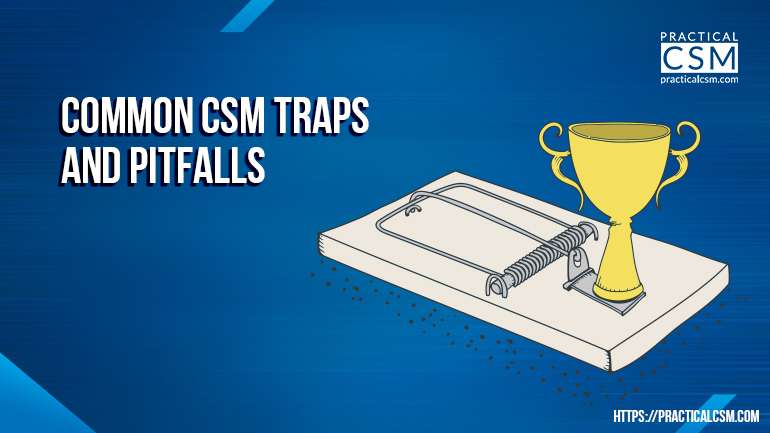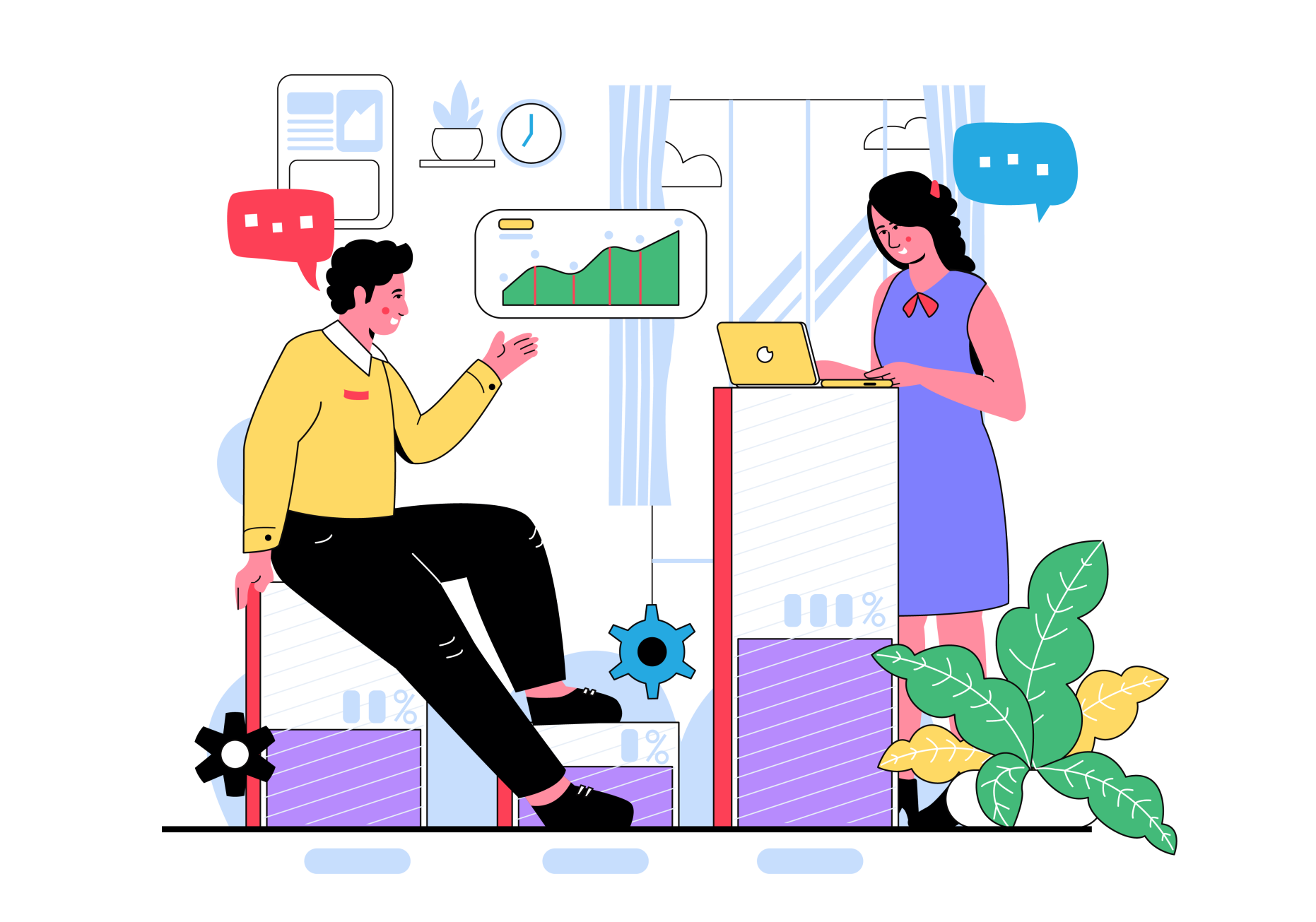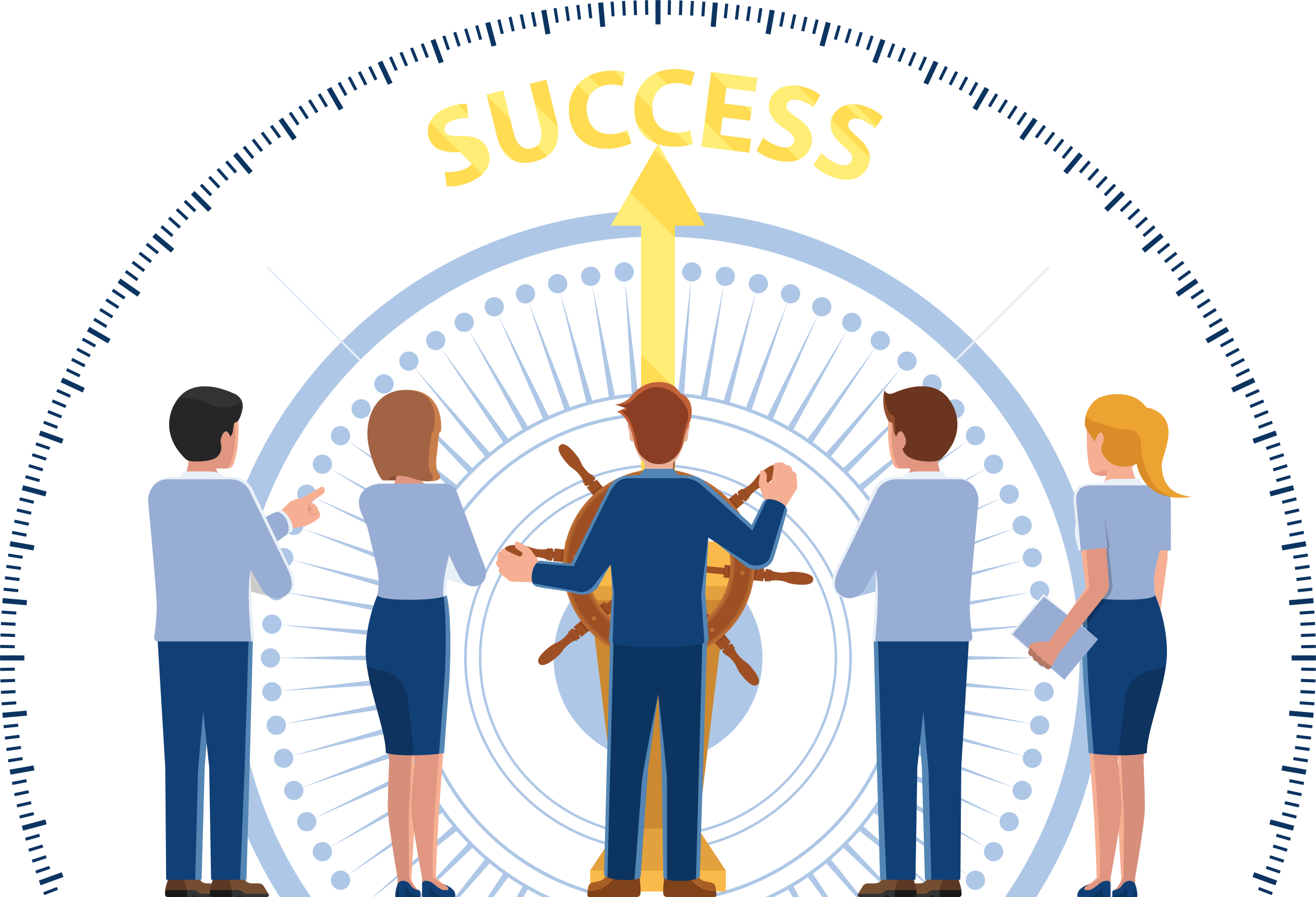Common CSM Traps and Pitfalls
Things that go Bump in the Night
There are many things that can go wrong in business just as in one’s personal life. Sometimes these things are unavoidable either because we cannot foresee them in time to take any corrective action or simply because it is beyond our control to affect them. However there are some ways in which savvy CSMs can prepare themselves so that they both reduce the likelihood of these challenges occurring in the first place and reduce the negative consequences of them if they do still occur.
The list below provides some common traps and pitfalls that the knowledgeable and self-aware CSM can either avoid entirely or take mitigating actions for if they happen:
| Trap | Consequence | Action |
| Doing too much for each customer | Not enough time to perform your role properly, leading to reduced productivity | Make sure the customer has the information it needs to be as self-sufficient as possible. Try to act as an adviser, consultant and project manager rather than saying “yes” to performing longer tasks. |
| Not leaving time for continual professional development | CSMs gradually become less useful and relevant to customers’ needs | Use the 80/20 rule to allocate 80% of your time to working in your role as CSM but 20% of your time working on your role. This enables you to keep up-to-date on your own company’s products and services, your customers’ businesses and industries and your own knowledge and skills. |
| Not understanding your own company’s customer success strategy | Not optimizing your time on performing those tasks which align best with this strategy | Make sure you are absolutely clear as to what is being expected of you as a CSM. For example how important are expand opportunities compared to renewals? What priority should be put on helping customers with poor health scores compared to obtaining advocacy from those with good scores? |
| Focusing on technical issues instead of business issues | Reduces the potential value of the help that the CSM offers the customer down a level to just technical assistance | Keep the conversations with customer stakeholders as focused on business issues and business outcomes requirements as much as possible. Pro-actively develop relationships with business related key stakeholders. Where possible pass technical enquiries to subject matter experts to deal with (even if you could deal with them yourself). |
| A lack of insight into your customer’s business model, strategy, capabilities, challenges and outcomes | Prevents the CSM from gaining trusted business adviser status with the customer and reduces the value of the help they can offer | Learn how to create and analyze business models and spend time asking high quality open questions about the customer’s business vision, strategy, capabilities and challenges and especially the outcomes they desire so that you have a strong context from which you can understand them and thus help them |
| Too much time spent on “the paperwork” and routine administration | A lack of productivity and effectiveness due to insufficient time spent with customers | Tools such as CRM and health score systems are important assets that need to be used to understand the customer and to record activity so that it can be measured. But they must also not serve as a barrier that prevents CSMs from performing the “real” customer facing activities that actually generates customer success |
| Lack of best practice resources such as a framework and tools/templates | A lack of productivity and potentially a lack of quality due to having to work out what to do and how to do it each time | Employ a best practice framework and either use existing or create your own checklists, tools and templates that enable you to get on with performing the tasks themselves in a consistently high quality manner, rather than wasting time working out what to do and how to do it each time |
What Have I Missed?
Did I miss anything? What other ways of handling the above seven traps and pitfalls have worked for you? What additional traps or pitfalls are you aware of that you’d like to make fellow CSMs aware of? If you have any ideas about CSM traps and pitfalls please do feel free to get in touch with me via email – I’m always interested to hear from fellow CS professionals and always keen to learn new ideas as well.
About the Author

Rick Adams is an independent author, trainer and consultant, specializing in helping technology companies deliver measurable business value for their customers. Adams has over 25 years’ experience of working in the IT industry, including owning his own startup software-as-a-service business which he sold in 2012 to focus on writing, training and consulting. Having delivering training and consultancy to many hundreds of businesses and thousands of technology professionals in over 30 countries across four continents, Adams is now based in the rural west coast of Ireland where he lives with his two dogs Zeus and Terri.
Adams’ recent work includes the development and delivery of a global certification program on customer success management for Cisco Systems Inc. His recent book is titled Practical Customer Success Management: A best practice framework for managers and professionals which is published by Routledge and is available from Amazon, Barnes and Noble and other good book retailers. His current interests include helping individuals and companies develop best practices in customer success management and in business outcomes focused selling.
He can be contacted via LinkedIn, via Twitter or by email at rick.adams@practicalcsm.com.







